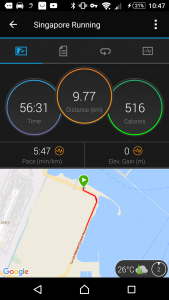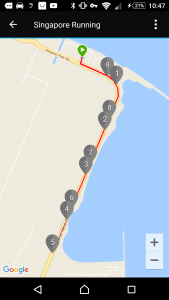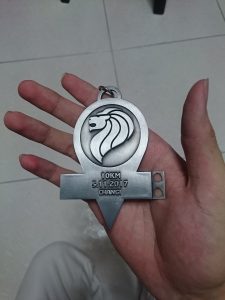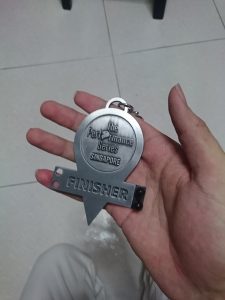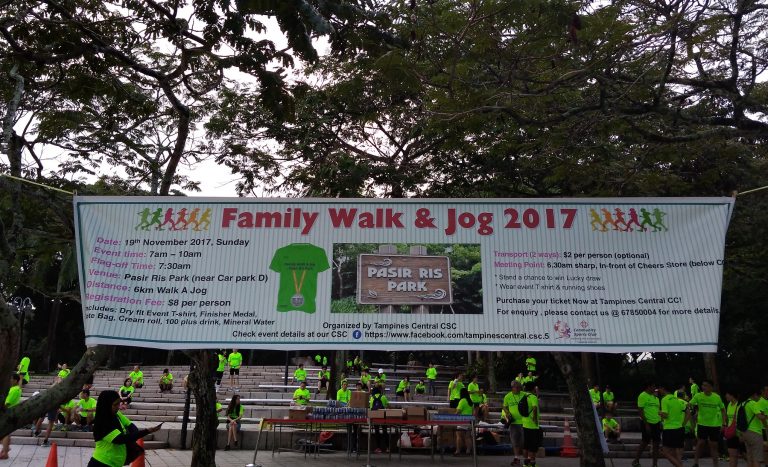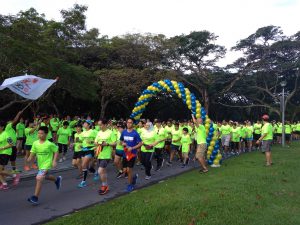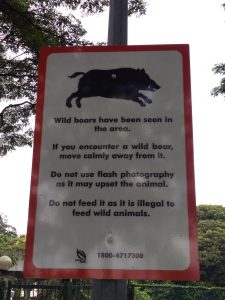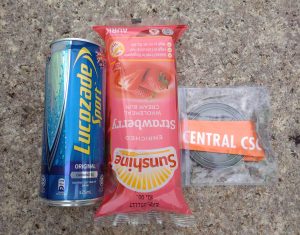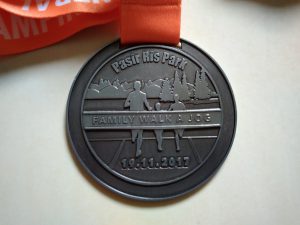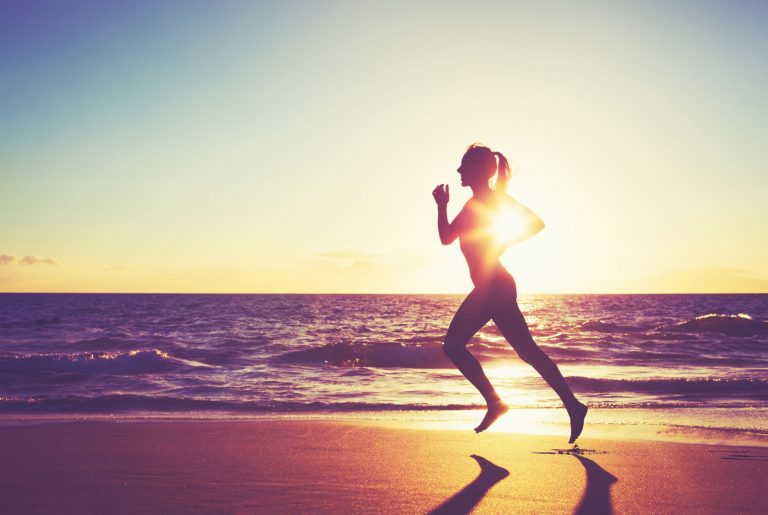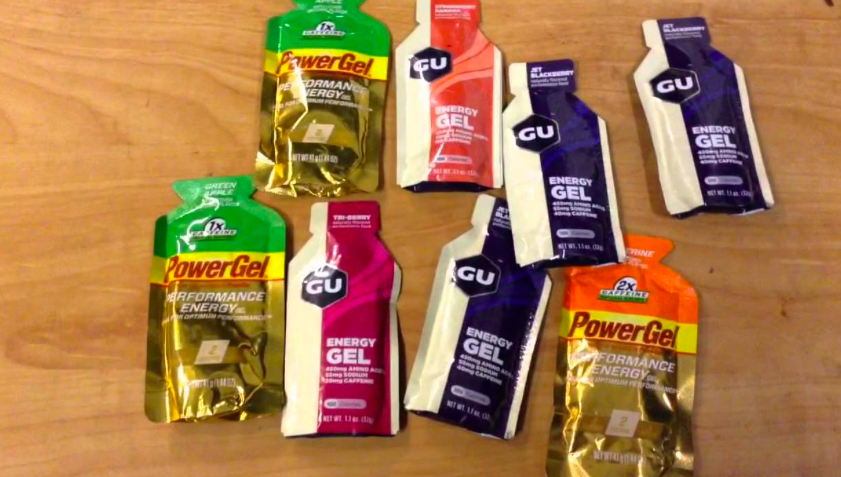As a runner, we put our feet under immense stress and pressure. We are more susceptible to foot injuries. Here are 4 foot injuries to look out for while running.
#1 Plantar Fasciitis
The plantar problem is whereby you have a pain at the bottom of your heel. This is particularly bad first thing in the morning when you get out of bed. Your plantar is put under too much stress and hence causes a painful inflammation. It may be also caused by the weak calf muscles, causing an imbalance in other areas.
How To Treat It: Cross-train is the way to go. Avoid stressing your plantar out even more. You can also roll your foot on a tennis ball or golf ball or a frozen water bottle to ease the tension.
How To Prevent It: Foam Roll and strengthen your calf muscles. An example of an exercise to strengthen your calf muscles would be calf raises.
#2 Ankle Tendinitis
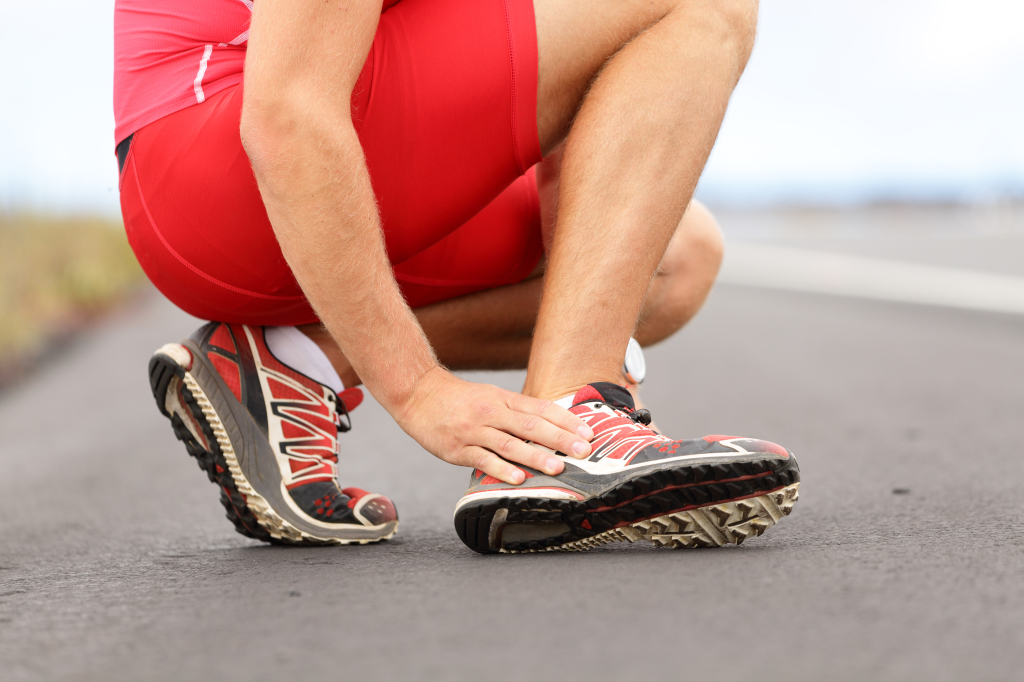
Tendinitis is where you feel a pain at the outside of your ankle, beneath the ankle bond that extend to the back of the joint. This is caused by inflammation of your tendons, and hence the pain.
How To Treat It: Avoid putting too much stress on your ankles, this means cross train! You can cycle or swim instead. Ice the inflamed area for 15 minutes at least 3 times a day.
How To Prevent It: Strong ankles will help prevent this problem. In order to have strong ankles, to foot eversions which really targets the ankle area.
#3 Stress Fracture
This is one injury that could take really long to heal. This occurs when the demand on your bones exceeds the stress your bones are able to take. This often happens when we go too fast too soon, or run too much mileage to soon. The pain will worsen over time.
How To Treat It: Do cross training. It is also paramount to see a doctor to get it diagnosed and see what’s the best course of action. Some people end up needing an air boot. Some people have to start physiotherapy. It all depends on the severity of the stress fracture!
How To Prevent It: Strengthening your muscles are very important in preventing a stress fracture. Do overall body strengthening exercises such as burpees, jump squats and lunges. Also, remember the golden rule of never upping your mileage by more than 10 percent every week.
See more about stress fractures here.
#4 Morton’s Neuroma
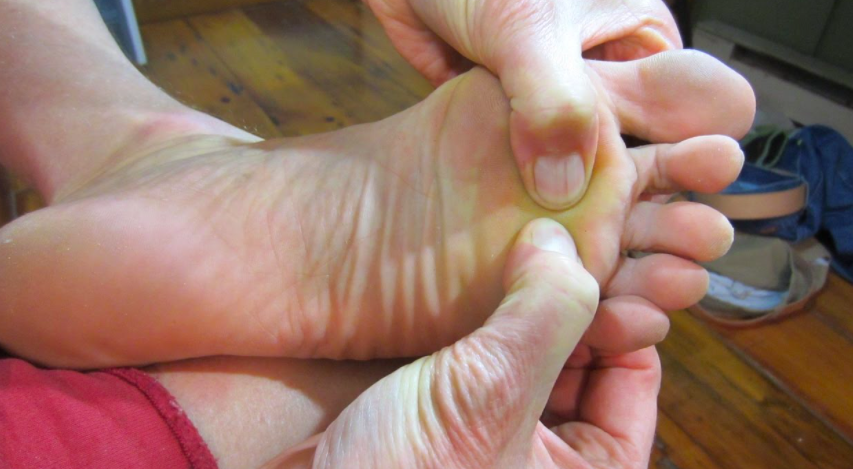
This injury is whereby you feel a burning sensation at the ball of your foot. This tingling sensation extends towards between your 2nd and 3rd toes. This is caused by inflammation when the front of your foot is constricted.
How To Treat It: You should avoid running as running constantly lands on the ball of your foot. If there is a pain at the ball of your foot, naturally you would change your stride to avoid pain. This means you’re running form will no longer be natural and may cause you other injuries. Ice your foot to bring down the inflammation.
How To Prevent It: Never use shoes which are too tight! Ensure they have enough room for your toes to wiggle about.


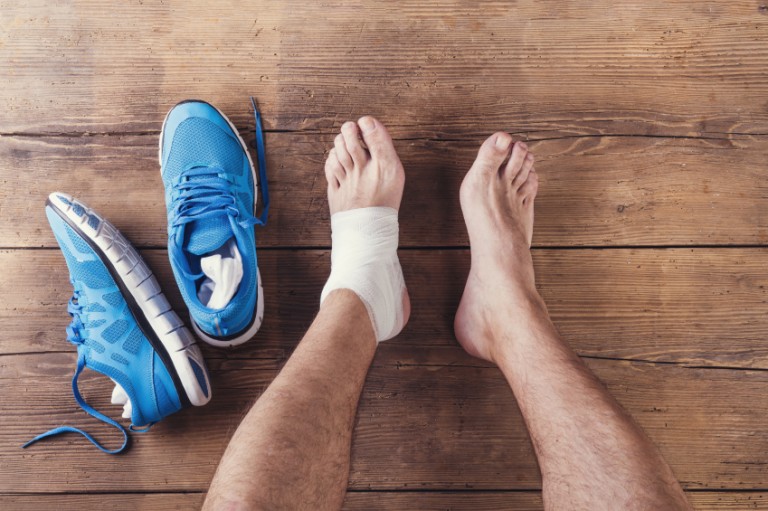
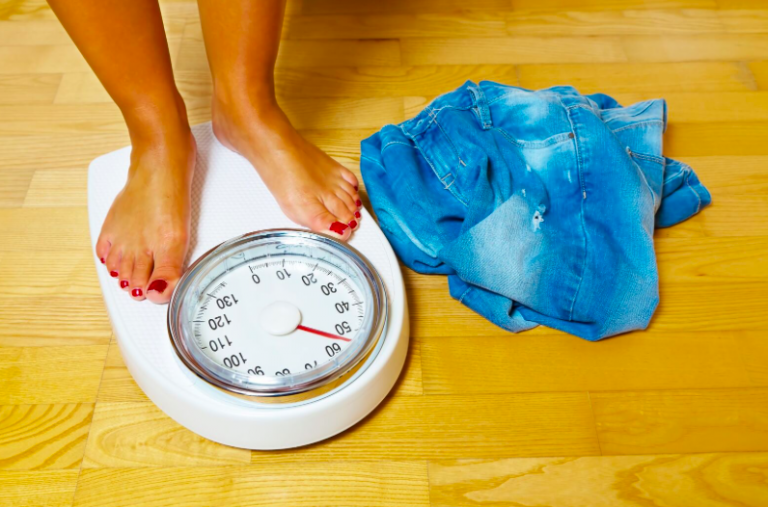

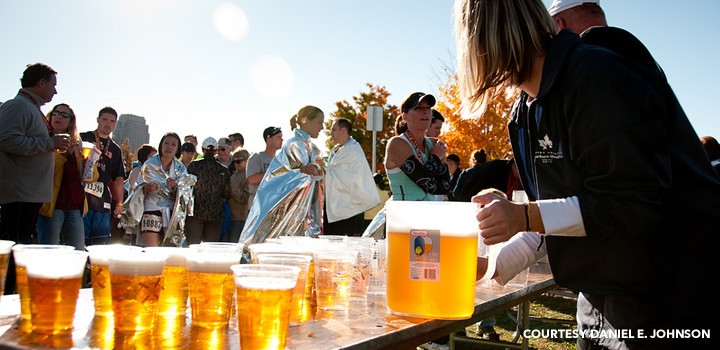
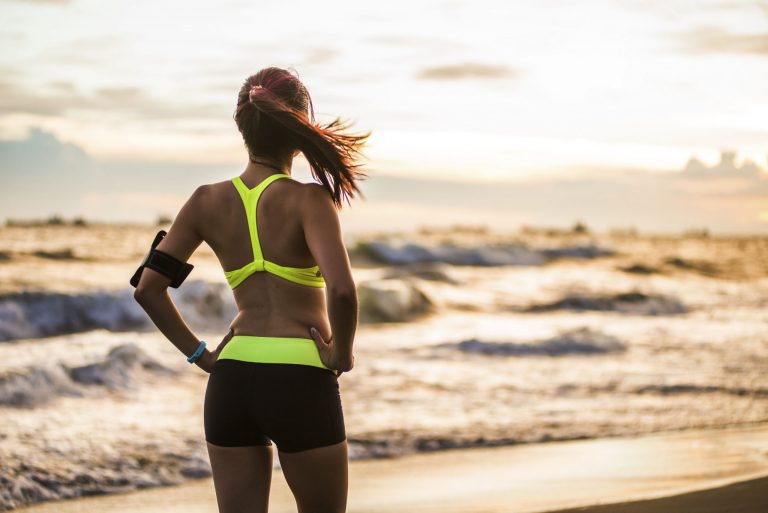

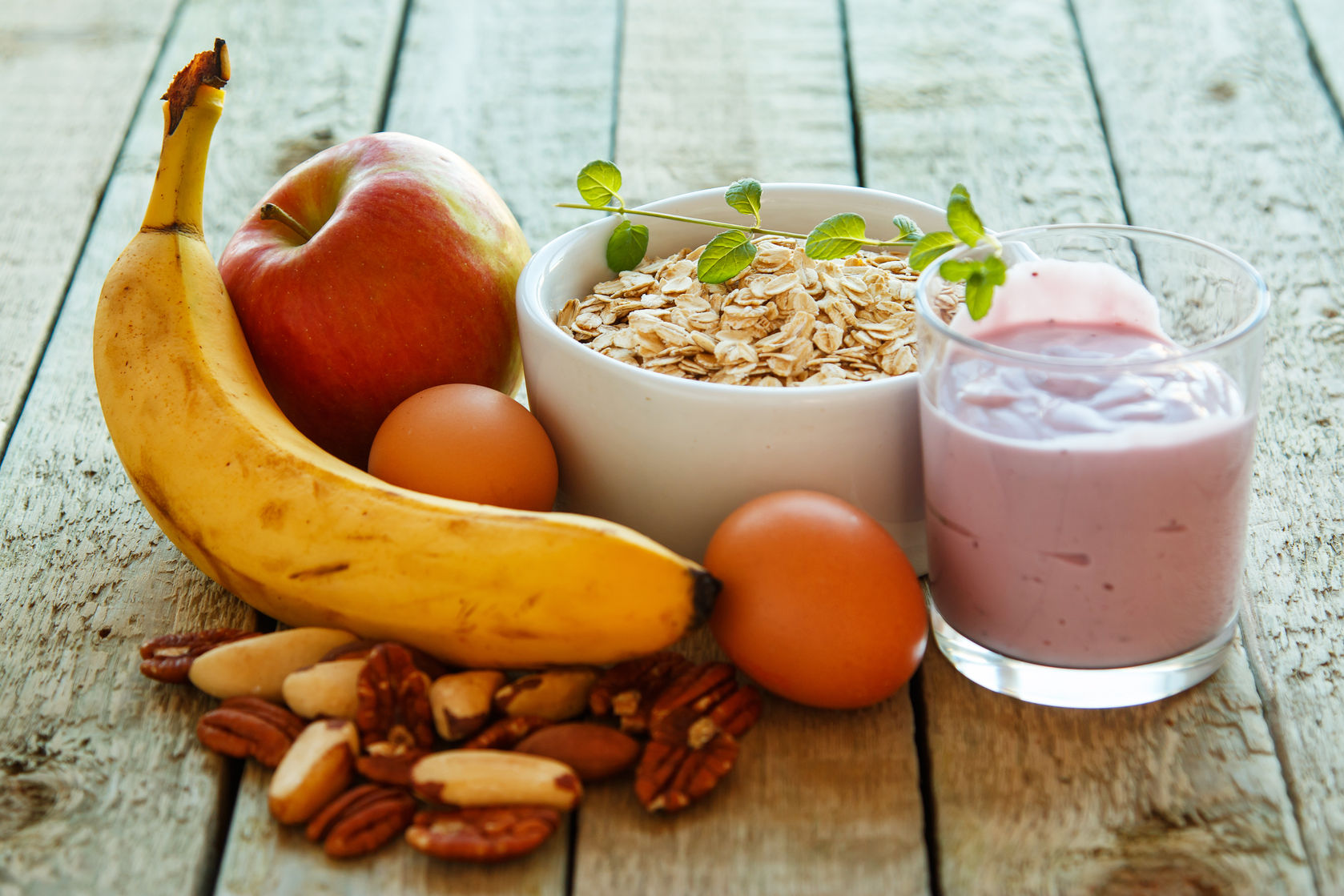
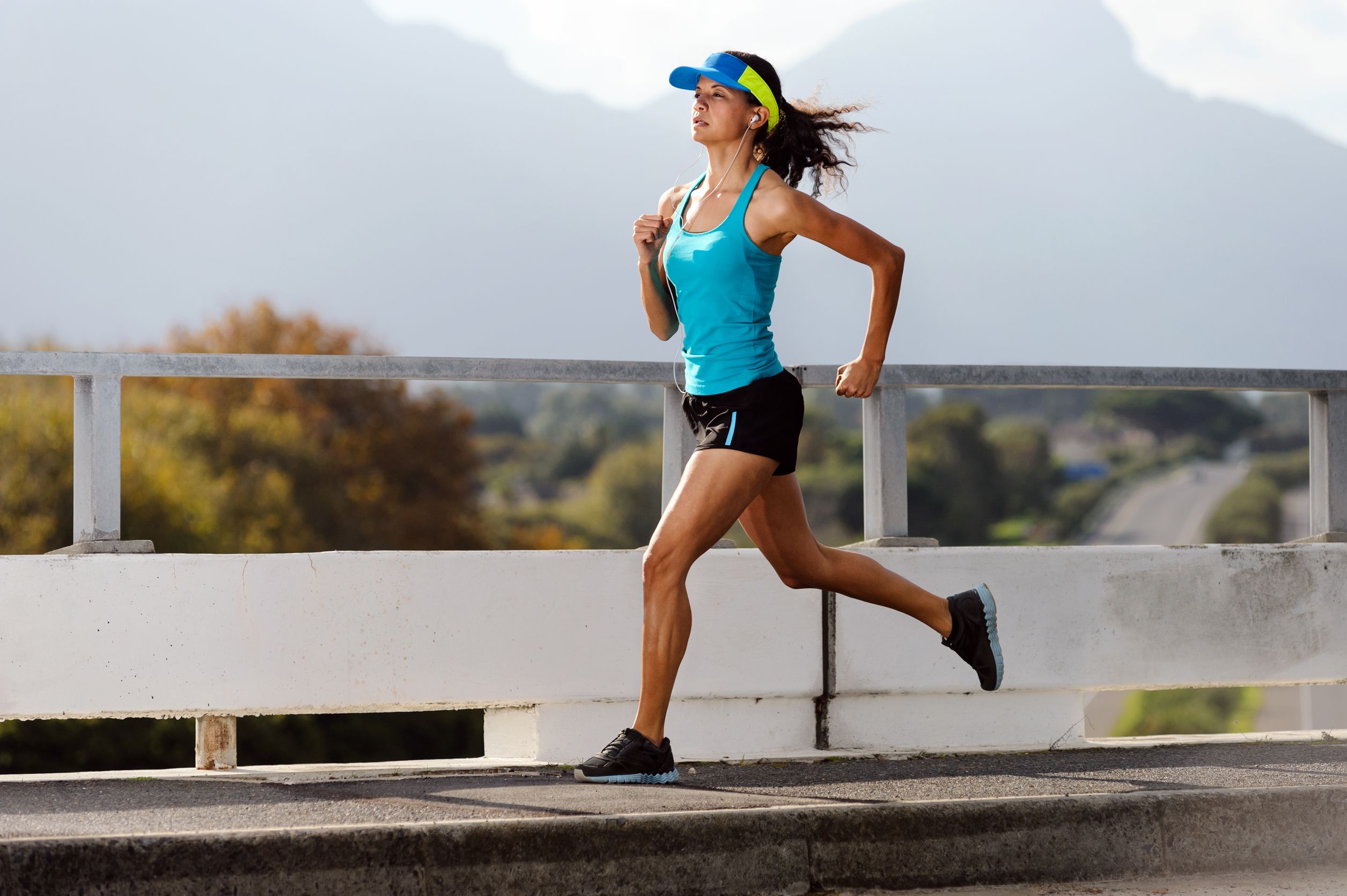
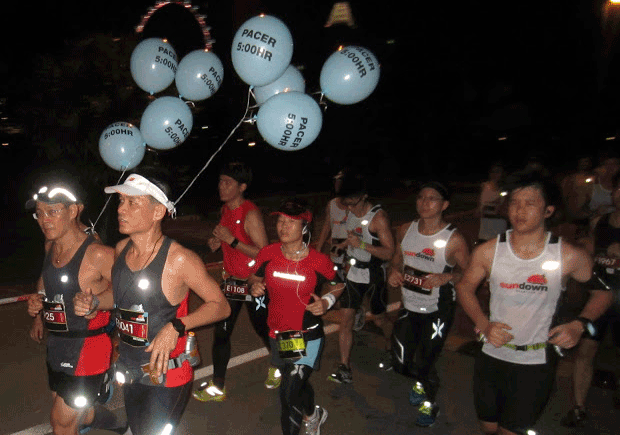
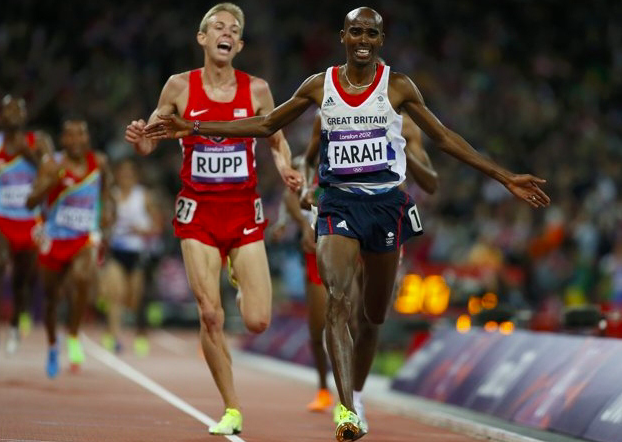 Photo Credits: Strength Running
Photo Credits: Strength Running 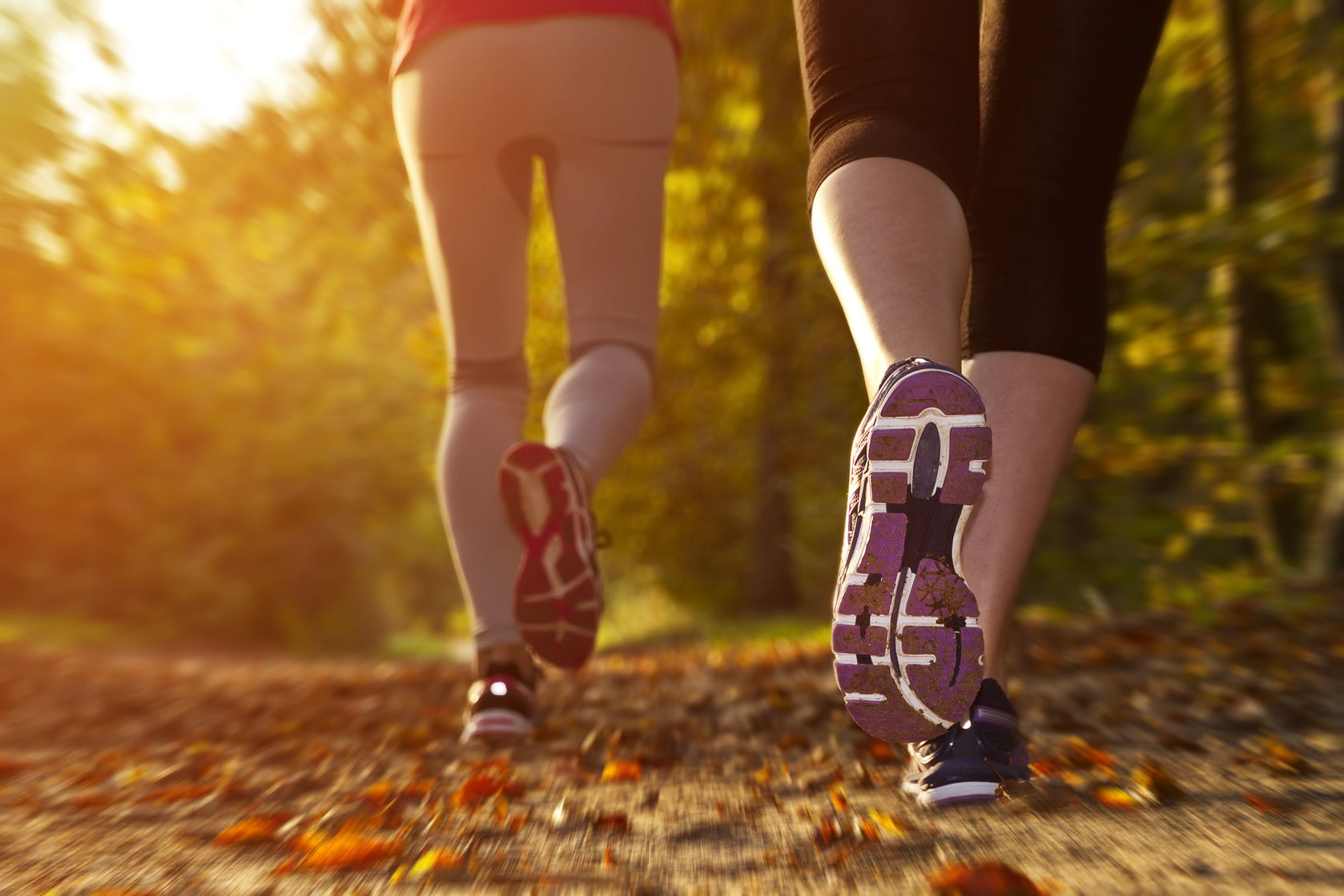


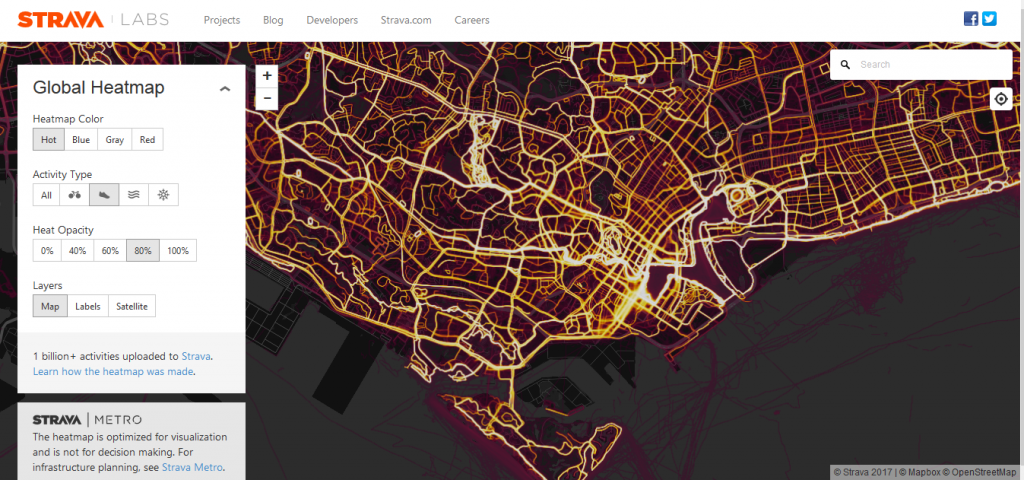

 Photo Credits: Belief Net
Photo Credits: Belief Net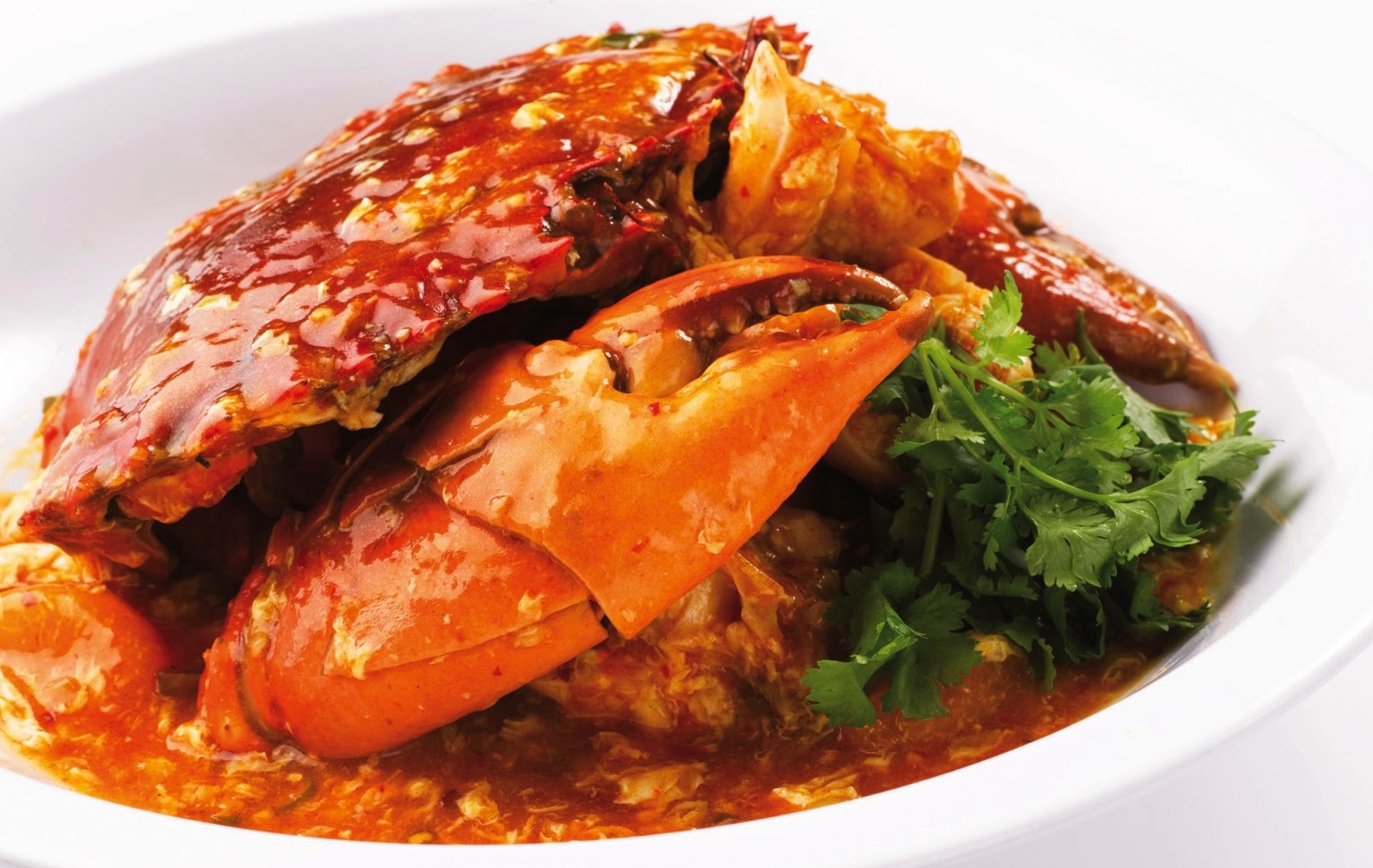
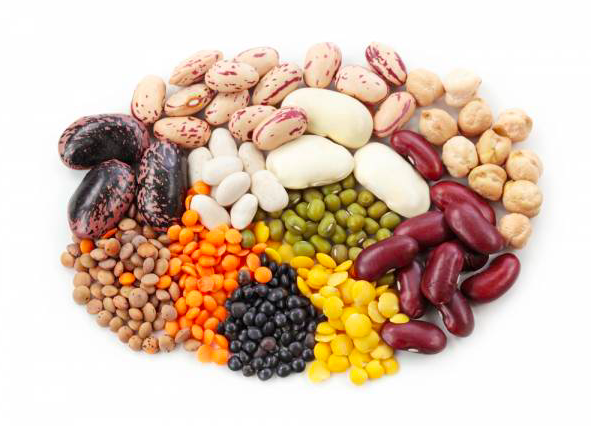 Photo Credits: Breaking Muscle
Photo Credits: Breaking Muscle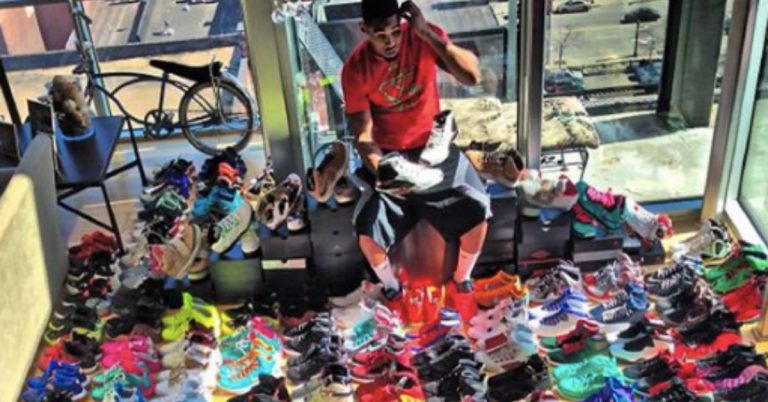
 Photo Credit: New York Times
Photo Credit: New York Times Photo Credits: Brooks Running
Photo Credits: Brooks Running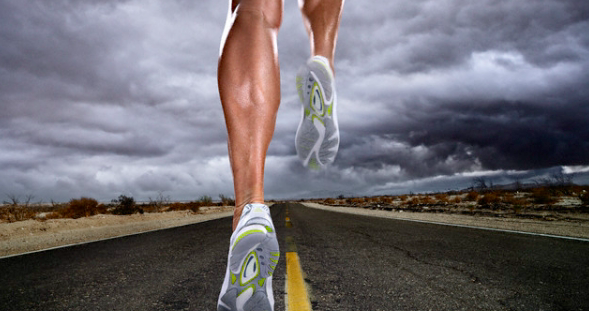
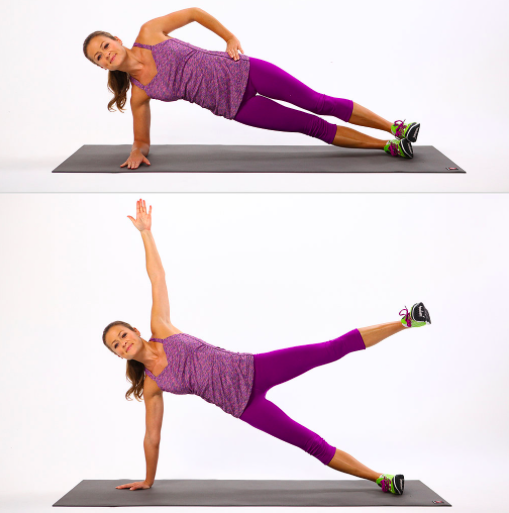
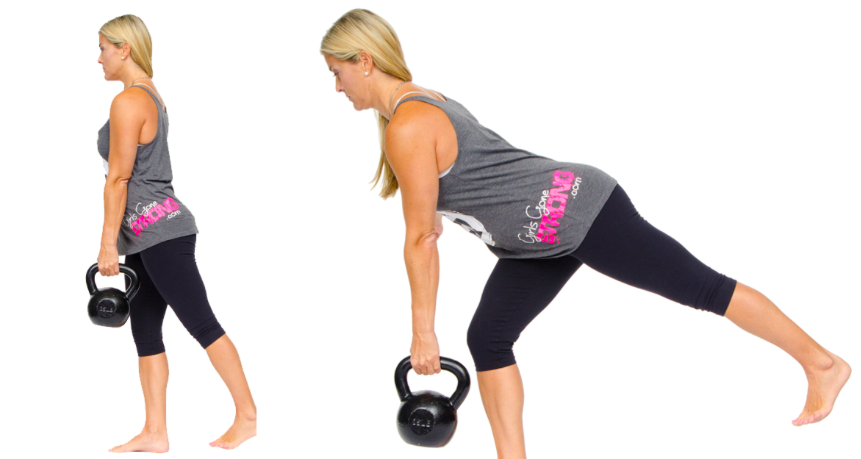 Photo Credits: Girls Gone Strong
Photo Credits: Girls Gone Strong  Photo Credits: Kesson Physio
Photo Credits: Kesson Physio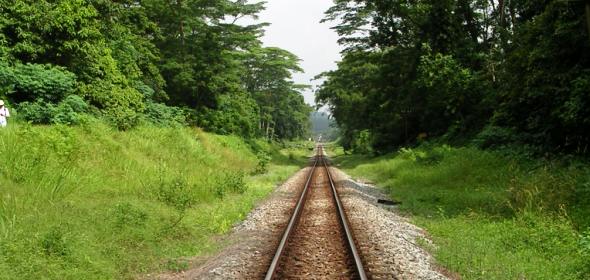
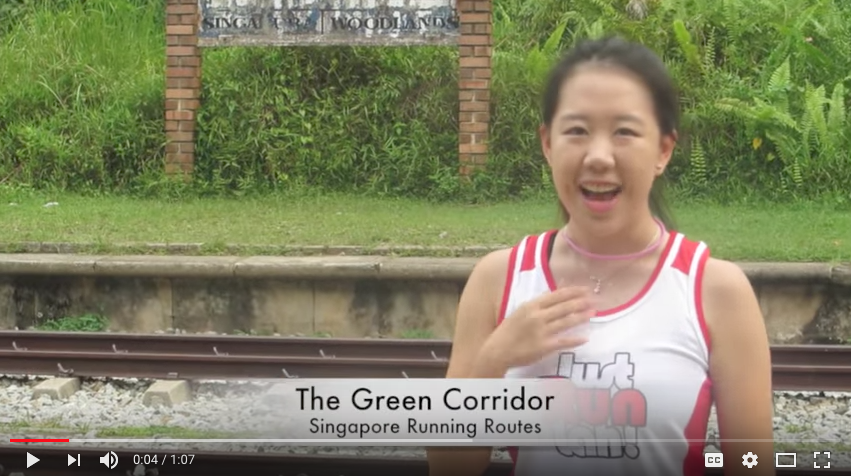
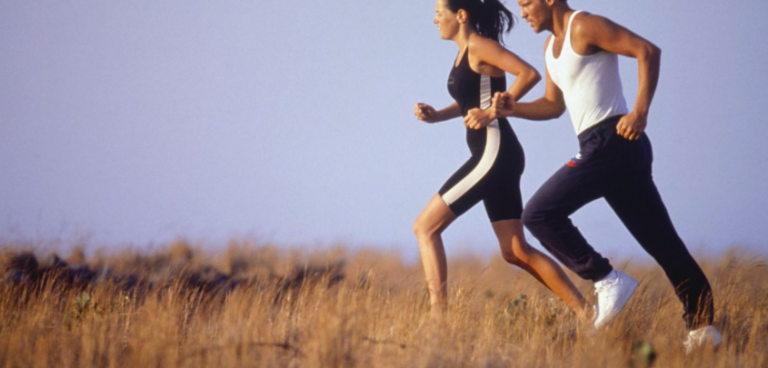
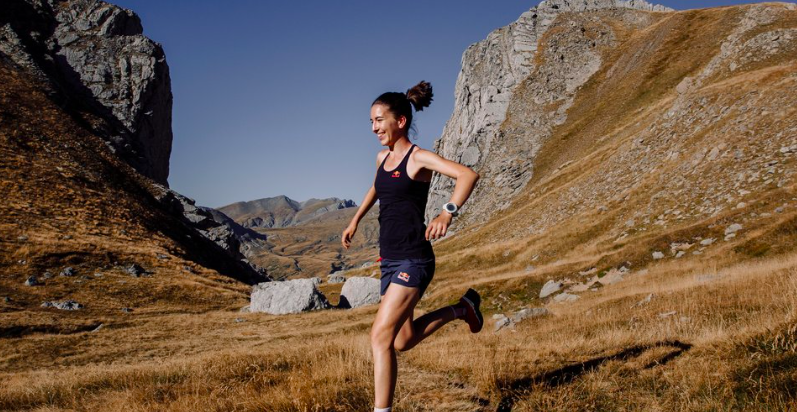 Photo Credits: Red Bull
Photo Credits: Red Bull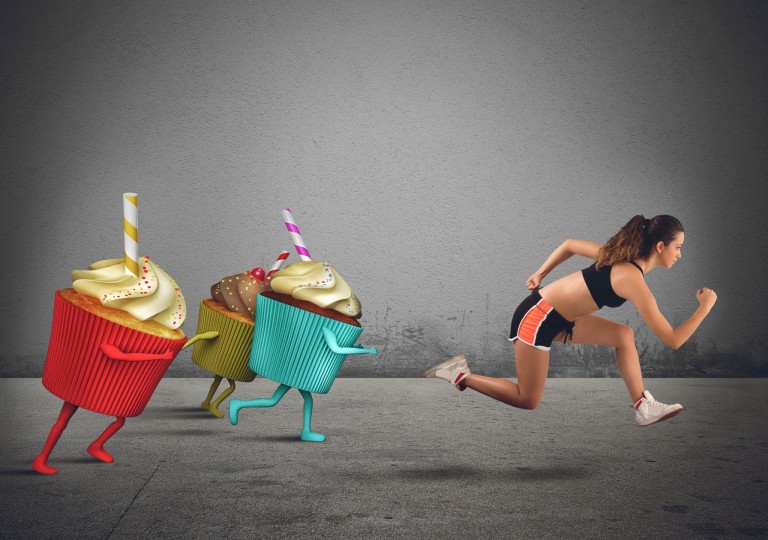
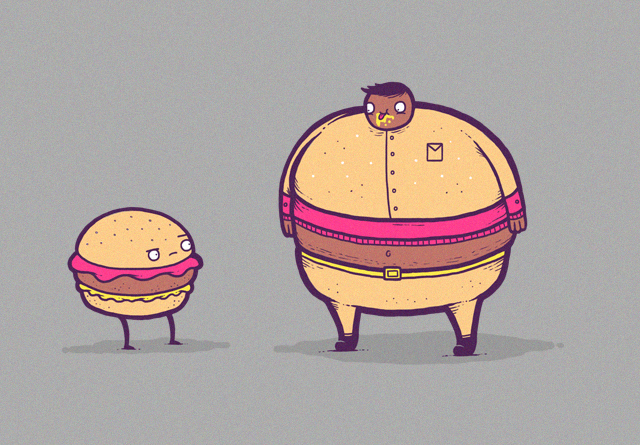
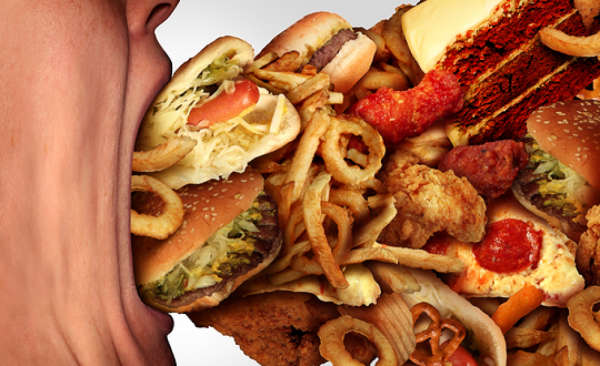
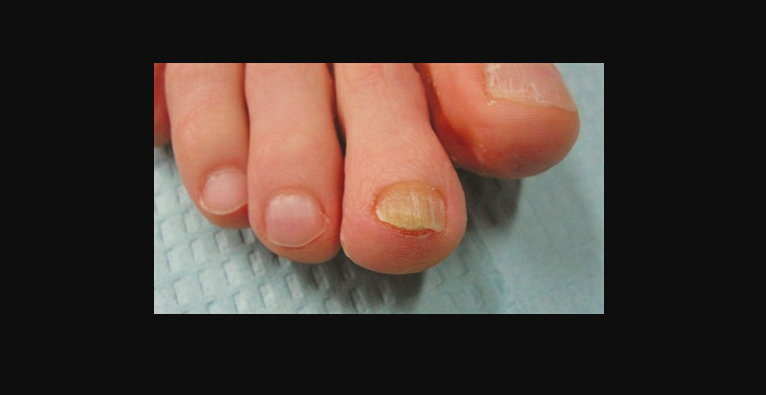
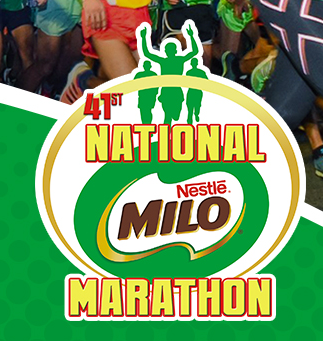
![My ‘The Performance Series’ Race 3 2017 [10km] (by SwimmingRunner) My ‘The Performance Series’ Race 3 2017 [10km] (by SwimmingRunner)](https://www.justrunlah.com/wp-content/uploads/2017/11/IMG20171105072653-768x576.jpg)
